The Price of Romance: How Much People Spend on Engagement Rings

Engagement rings symbolize the commitment between partners to embark on a lifelong journey together. A tradition spanning centuries, these pieces of jewelry highlight a significant step in a couple’s relationship. However, the financial cost of this symbol can be hefty, posing an important question: “How much should one spend on an engagement ring?” This article explores the spending trends on engagement rings, historical context, factors affecting the prices, and some thoughtful alternatives to consider.
Historical Context
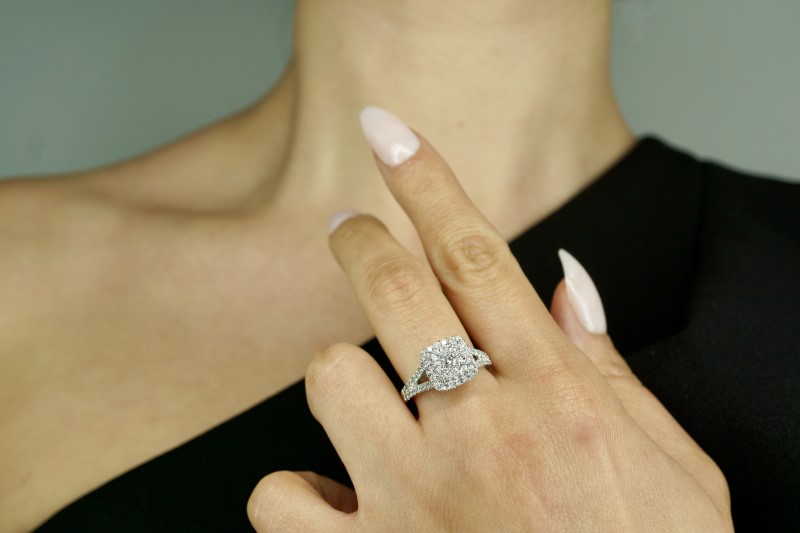
The history of engagement rings dates back to Ancient Egypt, where rings were a symbol of eternal love. The tradition has evolved, with modern expectations for expensive rings emerging in the 20th century, especially with the De Beers’ marketing campaign, “A Diamond is Forever,” in the late 1940s. This campaign played a huge role in shaping the contemporary social expectation that a proper engagement ring must include a diamond, thus driving up the average cost significantly.
Average Expenditure
In recent years, surveys and studies reveal varying statistics regarding average expenditure on engagement rings. According to the Knot’s 2020 Jewelry and Engagement Study, the average cost of an engagement ring in the United States was $5,500. Other sources have reported averages from $3,500 to $7,500, confirming that expenditures on engagement rings can fluctuate widely based on multiple factors, such as income, region, and personal preference.
The ‘Three Months’ Salary Rule’
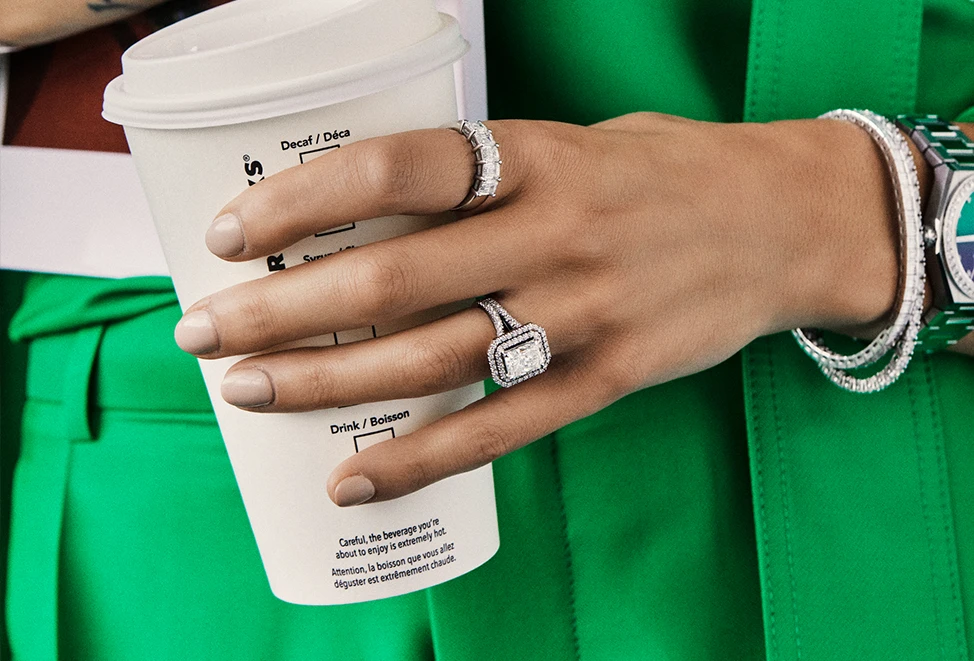
One traditional guideline is the “three months’ salary rule,” suggesting individuals should spend the equivalent of three months of their income on an engagement ring. This rule originated from another De Beers marketing strategy from the 1980s and has had a lasting impact on societal expectations and norms regarding engagement ring purchases.
However, it’s crucial to approach this rule with caution. Personal financial situations, priorities, and values differ greatly among individuals and couples. As a result, many have begun to abandon this guideline, opting instead for a more personal budget that aligns with their financial capacity and values.
Factors Influencing Price
Several factors influence the price of engagement rings, with the gemstone and metal type being the most significant.
Gemstone
Diamonds remain the most popular choice, but the cost can vary enormously based on the four Cs: carat, cut, color, and clarity. A high-quality one-carat diamond can cost thousands of dollars, while alternative gemstones like sapphire, emerald, or moissanite offer different aesthetics and price points.
Metal Type
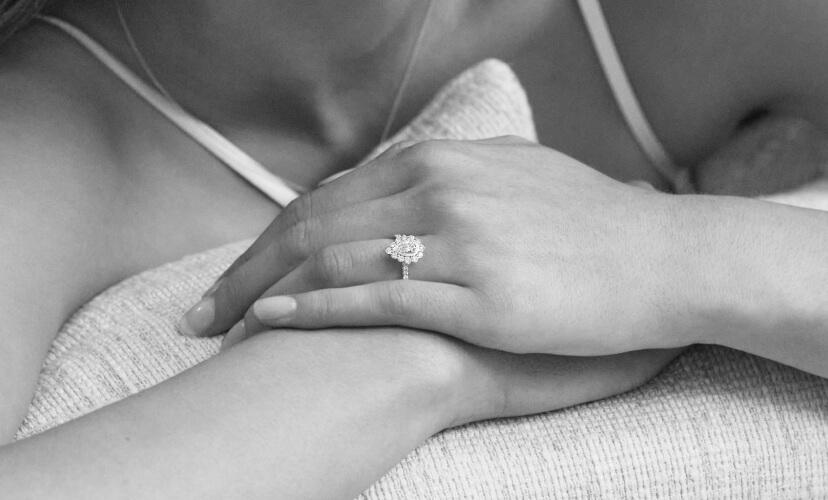
The choice of metal also significantly impacts the price. Platinum and white gold are popular, costly options, while yellow or rose gold may be slightly more affordable. The decision ultimately depends on personal taste and budget.
Customization
Custom designs or additional features like engravings, side stones, or intricate settings can also increase the cost of an engagement ring.
Regional Differences
Geographical location plays a role in the average spending on engagement rings. For example, individuals in metropolitan areas or regions with a higher cost of living may spend more on engagement rings than those in other areas.
Alternatives to Traditional Engagement Rings
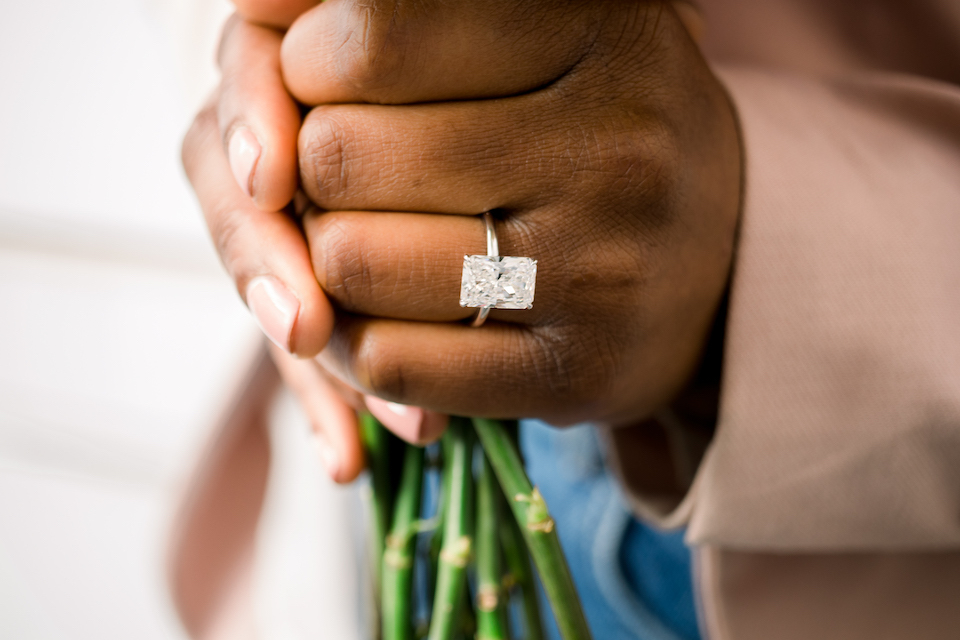
While many still prefer traditional diamond engagement rings, a growing number of couples are exploring more affordable and ethical alternatives.
Gemstone Alternatives
Opting for alternative gemstones like moissanite, sapphire, or other colored stones can reduce the cost while offering a unique and personal aesthetic.
Vintage or Heirloom Rings
Vintage or heirloom rings not only hold sentimental value but also often come at a lower financial cost. This option can be a meaningful and budget-friendly choice.
Ethical Considerations
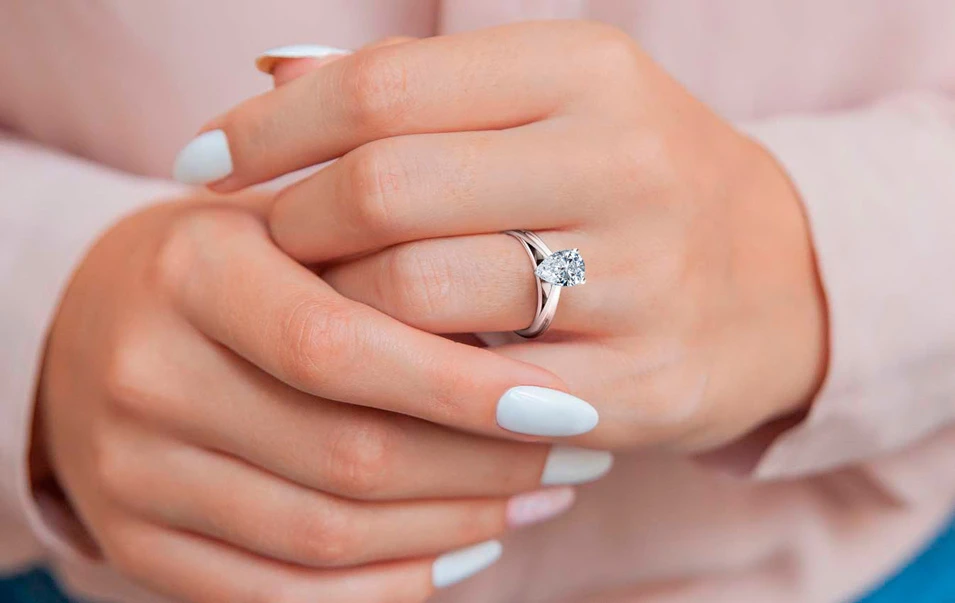
Concerns about the ethical implications of diamond mining have led many couples to seek ethically sourced or lab-grown diamonds, contributing to a more sustainable and responsible approach to engagement ring shopping.
Conclusion
In conclusion, the cost of engagement rings encompasses a wide range, influenced by various factors including historical marketing campaigns, societal expectations, personal preferences, and financial capabilities. While the average cost in the United States falls around $5,500, it’s essential for couples to prioritize their financial situation, values, and tastes when deciding on a budget for an engagement ring. Alternatives like different gemstones, vintage rings, or ethically sourced diamonds offer additional options for those seeking to express their commitment in a way that aligns with their principles and financial capacity.
In navigating the journey of selecting an engagement ring, the focus should remain on the significance of the gesture and the mutual commitment it symbolizes rather than societal or marketing-driven financial benchmarks. The true value of an engagement ring lies in its representation of love, commitment, and the shared anticipation of a future together, rather than its monetary cost.




